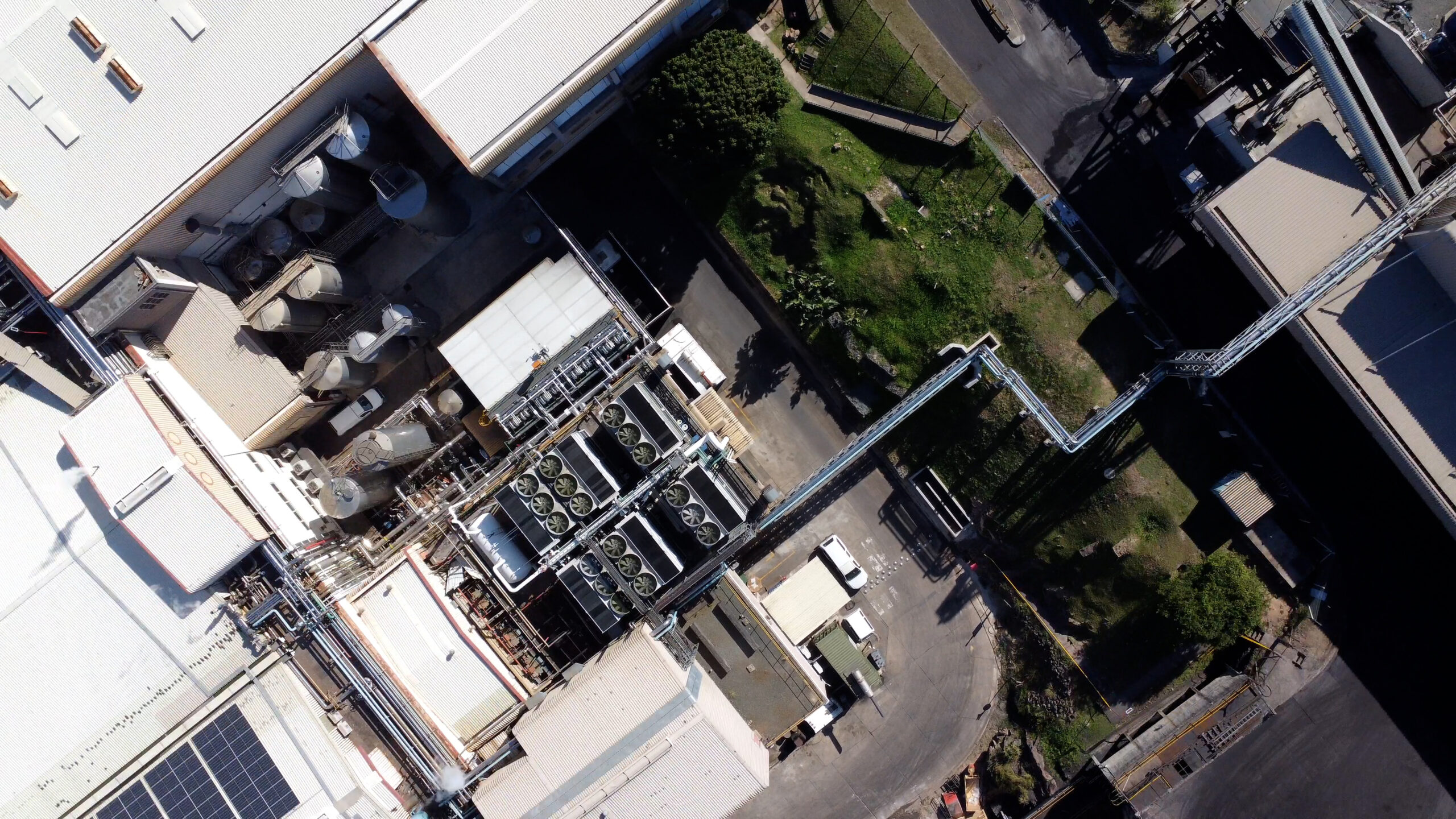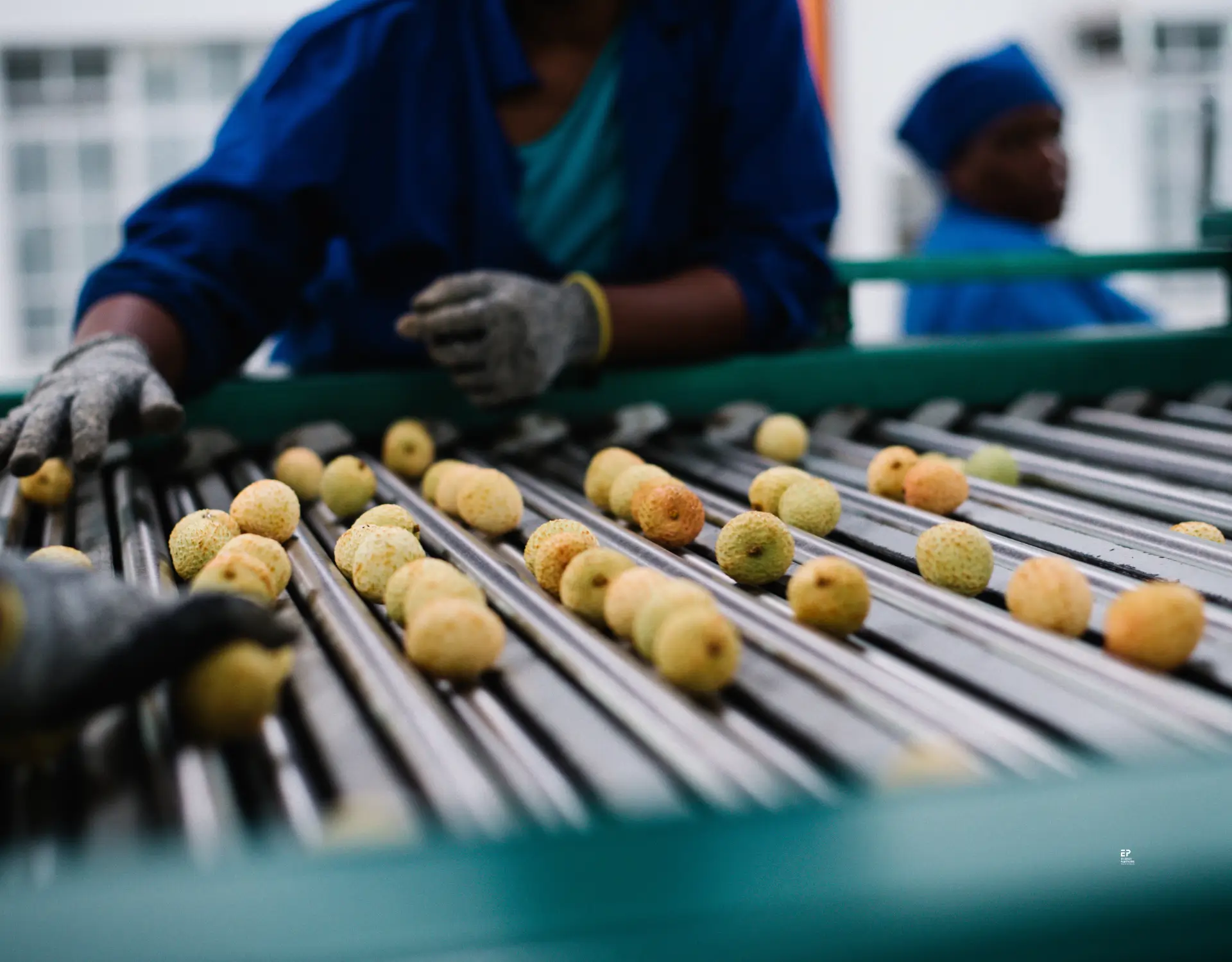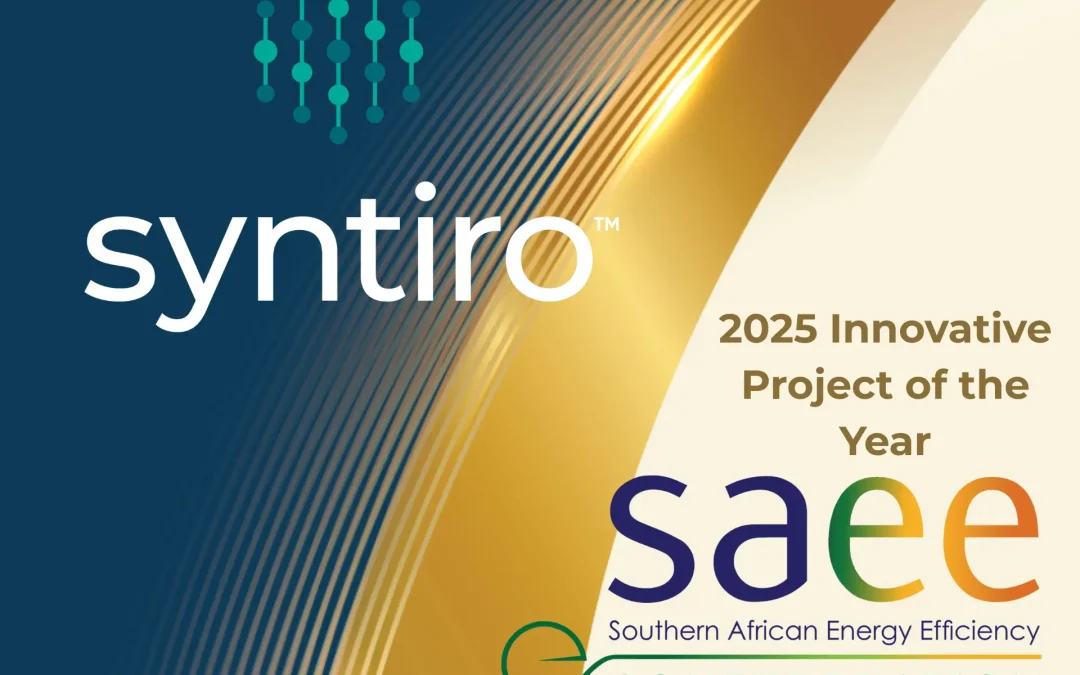Cooling-as-a-Service is increasingly popular in industrial refrigeration. By exchanging ownership for usership and transferring operational risks to the service supplier, companies can focus on their core business and at the same time profit from the latest innovations in refrigeration technology. This article is a summary of Dawie Kriel’s talk at the Industrial Refrigeration Network Conference at the SCHAUFLER Academy in Rottenburg-Ergenzingen, Germany.
In recent years, the industrial refrigeration landscape has undergone a significant transformation driven by the emergence of servitisation models. Cooling-as-a-Service (CaaS) represents a departure from traditional ownership-based approaches to a more outcome-focused partnership between suppliers and end users in the refrigeration and heat pump industry. This article explores the profound opportunities that CaaS opens up for suppliers, customers and financiers, and the dynamic impact it can have on operational risk, energy efficiency and sustainable business.
Servitisation overview
Servitisation fundamentally redefines the relationship between suppliers and customers by offering outcomes rather than products. Under the CaaS model, customers enter into partnerships where suppliers own and operate cooling or heating systems, assuming all associated risks and responsibilities during the life cycle of the system. Customers do not need to make a large initial investment, but, for example, pay a fixed rate per kW of cooling capacity. This rate includes maintenance and repairs – the supplier guarantees availability and may even have to pay penalty fees for any downtime. Such a shift from ownership to usership represents a paradigmatic change and inherently leads to reduced life cycle costs, enhanced operational efficiency and a focus on sustainable practices.
Impact of Cooling as a Service
CaaS is primarily a risk transfer product and not merely a tool to finance equipment. It is driven by operational efficiency, which ensures the lowest life cycle cost and unlocks profitability for both supplier and end user, while ensuring environmental sustainability. By transferring operational risks to suppliers, customers can focus on core activities, while suppliers ensure optimal system performance, uptime and compliance. Moreover, the CaaS income model incentivises the supplier to ensure efficiency improvements, reduces energy consumption, and promotes the adoption of sustainable technologies. Thus, with improved temperature compliance, product quality is improved, leading to increased profitability for both customer and supplier.
Enabling innovation
With energy efficiency a key competitive advantage in CaaS, suppliers are driven to lead in technological innovation and smart energy asset management. They manage the complex challenges of addressing diverse equipment needs, ensuring compatibility, and meeting stringent regulatory requirements. Suppliers are prompted to enhance their service through comprehensive data management, real-time performance monitoring, and centralised asset management. Because they have commissioned the system and continuously collect operating data, they can advise customers on how to further improve efficiency or reduce energy waste. At the same time, such a stringent customer-focused approach limits their own investment risk, because they have much to lose if the customer gets into financial difficulties.
Environmental imperative
The environmental impact of traditional refrigeration systems underscores the urgency for more sustainable solutions. CaaS addresses this imperative by prioritising efficiency improvements and the adoption of natural refrigerants: not only do they comply with all legal regulations, but they are the most cost-effective for the foreseeable future. With its high-quality data, CaaS also aligns with ESG reporting requirements, enhancing the environmental credentials of customer companies and contributing to the broader goal of sustainable development. CaaS is therefore a win-win-win situation: for the customer, the supplier and the environment.

CaaS in Africa
Africa offers good examples of the benefits of CaaS: the continent faces unique challenges in electricity supply, cold chain infrastructure and food security. With CaaS, even small companies and projects can invest in cold rooms, storage and transport, and are less affected by power outages. Food and other perishable items stay fresh for a much longer time, which reduces post-harvest losses, waste of energy and land, and promotes economic development. By providing efficient and affordable cooling solutions, CaaS has the potential to transform the agricultural sector and improve livelihoods across the continent . It is however just as relevant in developed countries with the need for increased sustainability.
Case study: Clover SA
The adoption of CaaS at Clover SA, one of South Africa’s largest dairy processors, serves as a compelling example of the transformative impact of servitisation models. Energy Partners provided a 10 MW two-stage ammonia cooling plant with a 1.6 MW solar power system for the factory in Queensburgh. It achieved 40% cost savings, improved efficiency, and reduced carbon emissions through heat recovery and the use of solar power. It is now the first fully servitised refrigeration, steam and power plant, highlighting the potential of CaaS to drive sustainable growth and innovation in the dairy industry and setting a precedent for other companies to follow.
Financial perspective and future outlook
Financial institutions play a crucial role in facilitating the adoption of CaaS by providing innovative financing solutions. Investors are looking for investments in viable energy sector projects, and CaaS provides reliable returns in sustainable technology. As the industry continues to evolve, the integration of heat pump technologies and continued collaboration between stakeholders will further enhance the value proposition of CaaS, driving sustainable growth and innovation.
Conclusion
The shift towards Cooling as a Service represents a transformative opportunity for the refrigeration and heat pump industry. The combination of heating and cooling as well as, possibly, power generation will provide still new opportunities. By embracing servitisation models, stakeholders can unlock new avenues for efficiency, sustainability and shared success. As we navigate this paradigm shift, let us seize the opportunity to build a more resilient, innovative and sustainable future for all, harnessing the power of CaaS to drive positive change on a global scale.





